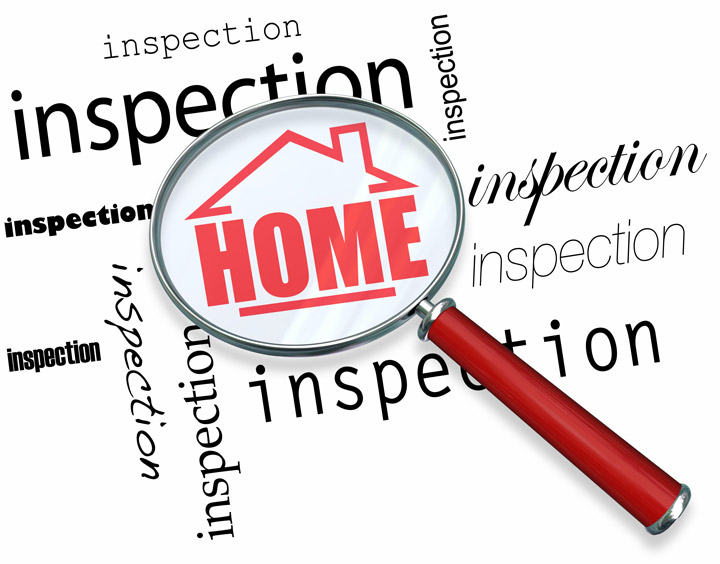
What Are the Components of an Appraisal?Purchasing a home can be the most significant transaction some of us will ever make. Whether it's where you raise your family, a second vacation property or an investment, the purchase of real property is a detailed transaction that requires multiple parties to make it all happen. It's likely you are familiar with the parties taking part in the transaction. The real estate agent is the most known entity in the exchange. Then, the mortgage company provides the money necessary to bankroll the deal. And ensuring all details of the sale are completed and that the title is clear to transfer from the seller to the buyer is the title company. So, who makes sure the value of the property is in line with the purchase price? In comes the appraiser. We provide an unbiased estimate of what a buyer might expect to pay — or a seller receive — for a parcel of real estate, where both buyer and seller are informed parties. A licensed, certified, professional appraiser from Barefoot Appraisals will ensure, you as an interested party, are informed. Inspecting the subject propertyOur first responsibility at Barefoot Appraisals is to inspect the property to determine its true status. We must see aspects of the property hands on, such as the number of bedrooms and bathrooms, the location, living areas, etc, to ensure they really are present and are in the shape a reasonable buyer would expect them to be. To ensure the stated size of the property has not been misrepresented and convey the layout of the home, the inspection often requires creating a sketch of the floorplan. Most importantly, the appraiser identifies any obvious amenities - or defects - that would have an impact on the value of the house. Following the inspection, we use two or three approaches to determining the value of real property: a paired sales analysis, a replacement cost calculation, and an income approach when rental properties are prevalent. 
Cost ApproachHere, the appraiser analyzes information on local building costs, the cost of labor and other elements to ascertain how much it would cost to replace the property being appraised. This value usually sets the upper limit on what a property would sell for. The cost approach is also the least used method. 
Paired Sales AnalysisAppraisers become very familiar with the communities in which they appraise. They thoroughly understand the value of particular features to the homeowners of that area. Then, the appraiser looks up recent transactions in close proximity to the subject and finds properties which are 'comparable' to the property in question. By assigning a dollar value to certain items such as fireplaces, room layout, appliance upgrades, additional bathrooms or bedrooms, or quality of construction, we add or subtract from each comparable's sales price so that they more accurately portray the features of subject.
An opinion of what the subject could sell for can only be determined once all differences between the comps and the subject have been evaluated. At Barefoot Appraisals, we are experts in knowing the worth of real estate features in Heathsville and Northumberland County neighborhoods. This approach to value is most often given the most weight when an appraisal is for a real estate sale. Valuation Using the Income ApproachIn the case of income producing properties - rental houses for example - we may use an additional approach to value. In this scenario, the amount of revenue the real estate yields is factored in with other rents in the area for comparable properties to determine the current value. ReconciliationCombining information from all approaches, the appraiser is then ready to document an estimated market value for the subject property. The estimate of value at the bottom of the appraisal report is not necessarily what's being paid for the property even though it is likely the best indication of a property's valueDepending on the specific situations of the buyer or seller, their level of urgency or a buyer's desire for that exact property, the closing price of a home can always be driven up or down.Regardless, the appraised value is often used as a guideline for lenders who don't want to loan a buyer more money than they could get back in the event they had to put the property on the market again. The bottom line is, an appraiser from Barefoot Appraisals will guarantee you attain the most fair and balanced property value, so you can make the most informed real estate decisions. |